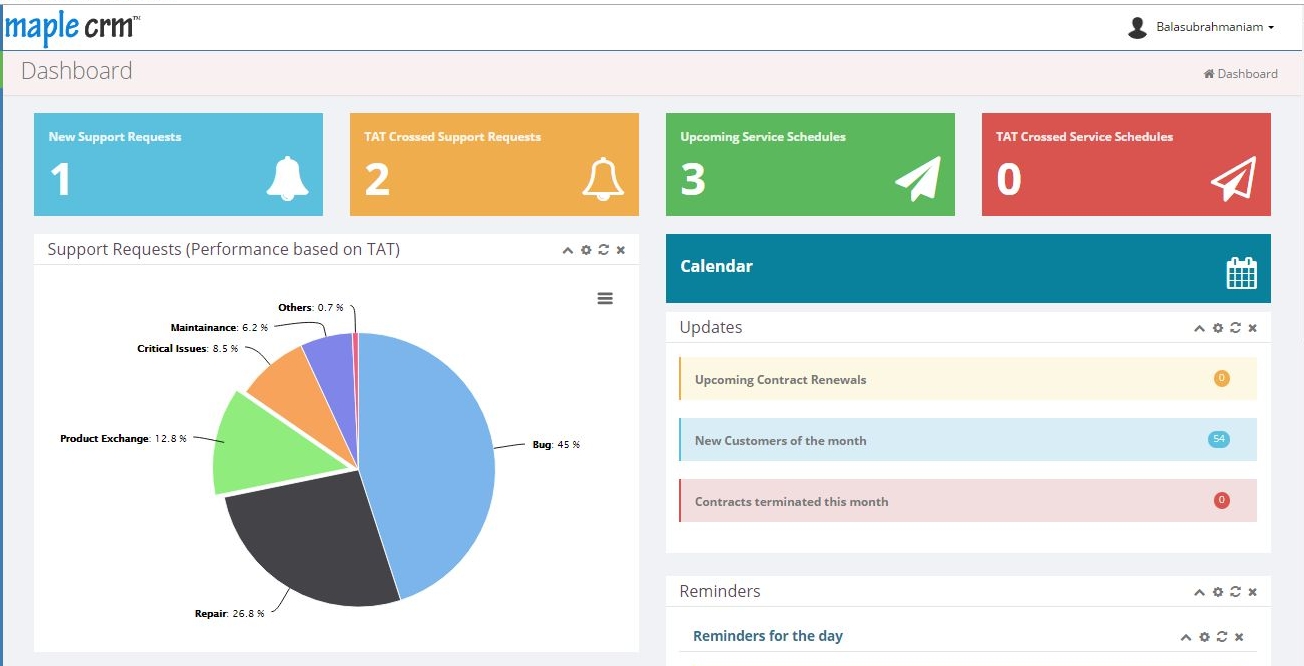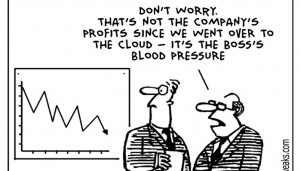So let’s start off with a few questions. How does your organisation keep track of its leads, prospects, clients or constituents? You may have your sales leads tracked through a Microsoft Excel spreadsheet or even better, through Google spreadsheet and maybe your customers’ documents are trapped in a file cabinet. But what would happen if you begin to assemble all those contacts in one place? How would that change the way your organization connects with people?
A CRM (customer relationship management) software is the answer to all. It can help everyone who interacts with those contacts work together to maximize the impact of each of those relationships.
CRM refers to a wide range of traditional and online software solutions that help an organization keep track of its constituents. CRM programs keep a record of the organization’s contact with a constituent and can remind employees to follow up with that person at the appropriate time.
Depending on the size and structure of the organization, a different staff member might manage each of those relationships, but what if all the employees are looking at the same record when one particular member interacts with that person? By keeping all of this information in a single CRM database, everyone who interacts with that contact can see the big picture of the organization’s relationship with her.
Now-a-days, there’s this buzz going on around regarding Cloud Computing. So, if put simply, cloud CRM refers to any CRM system that one access over the Internet rather than hosting it on his own computer. The software itself runs on computers in datacenters owned or rented by the CRM providers.
Unlike most traditional CRMs – whose costs might include both a site license and licenses for individual users or devices, in addition to hardware costs – most cloud CRM systems offer a per-user pricing model. This makes it easier, and likely less expensive, to change the number of users who can access the database as per the changes in needs.
Similarly, depending on how an organization is structured and who needs access to the CRM, one may find keeping the CRM in the cloud to be less of a hassle. If the people who need to access the database, and not all of them work in the same office, or if employees need to be able to access the database from the field, then connecting remotely to an office server can be an annoyance. If an organisation has multiple branches throughout a city, then cloud CRM can be a way to collate all of the branches’ shared relationships in one place, thus making it a boon in disguise in maximising productivity and minimising the efforts of the employees.






